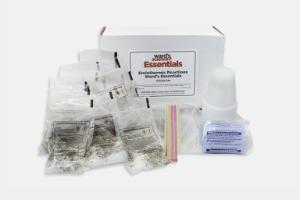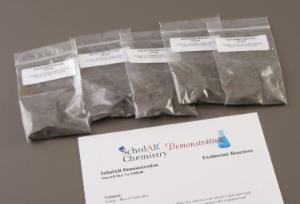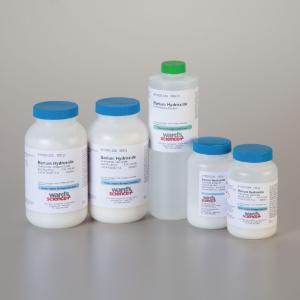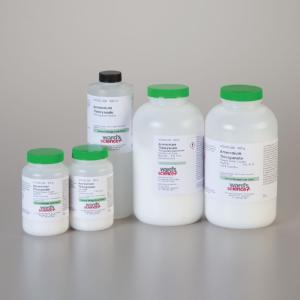Chill Out in the Lab with this Endothermic Freezer Flask Activity
A hands-on way to help the students in your class investigate endothermic reactions.
Middle School/High School
In a previous post, we describe the fascinating science behind exothermic chemical reactions. Those reactions really heat things up! But some reactions have a more chilling effect. Endothermic reactions absorb heat from their surroundings and make things colder. Endo- means "into" and -therm- means "heat (or energy)." So, an endothermic process is one in which energy (or heat) goes into the system. Grab some (thermal) gloves and download our free Freezer Flask activity, so your students can take hold of this cold lesson.
The Freezer Flask activity plunges students into a deep freeze by helping them observe the chemical reaction between barium hydroxide and ammonium thiocyanate. This cool (and we do mean cool) endothermic reaction reaches temperatures of -20°C or -30°C —that's cold enough to cause frostbite!
What are examples of endothermic reactions?
Endothermic reactions or processes aren't just something observed in the science lab. Students can find examples in their everyday life, for example
- Melting ice cubes
- Photosynthesis
- Melting solid salts
- Evaporating liquid water
- Cooking an egg
- Baking bread
- Depressurizing a can
- The baking soda and vinegar reaction
What's the difference between endothermic and endergonic?
It's easy to understand why the terms endothermic and endergonic are often confused. They both describe the absorption of energy. The difference lies in the kind of energy that is absorbed. Endothermic reactions absorb heat, while endergonic reactions absorb energy. Not all endergonic reactions are endothermic, but all endothermic reactions are endergonic. For example, besides heat, endergonic reactions could absorb sound or light.
Additionally, we describe endothermic reactions as changes in potential energy (like in a combustion reaction). While endergonic reactions are changes in free energy (the energy that can be used to get work done, like in photosynthesis).
Download the Freezer Flask activity; it's a cool way to illustrate an endothermic reaction involving reactants in the solid state.
Recommended products:
[StartProductBlock]

Ward's® Essentials Endothermic Reactions Lab Kit
Students monitor and graph temperature change in an endothermic reaction and create a cold pack, which uses an endothermic reaction.
[EndProductBlock]
[StartProductBlock]

Ward's® Chemistry Exothermic and Endothermic Reaction Demonstrations
Exothermic and endothermic reactions are safely carried out inside a plastic bag so students can pass the bag around and feel the results of the reaction.
[EndProductBlock]
[StartProductBlock]

Barium Hydroxide Octahydrate
Formula: BaOH2·8H2O
[EndProductBlock]
[StartProductBlock]

Ammonium Thiocyanate
Formula: NH4SCN
[EndProductBlock]
